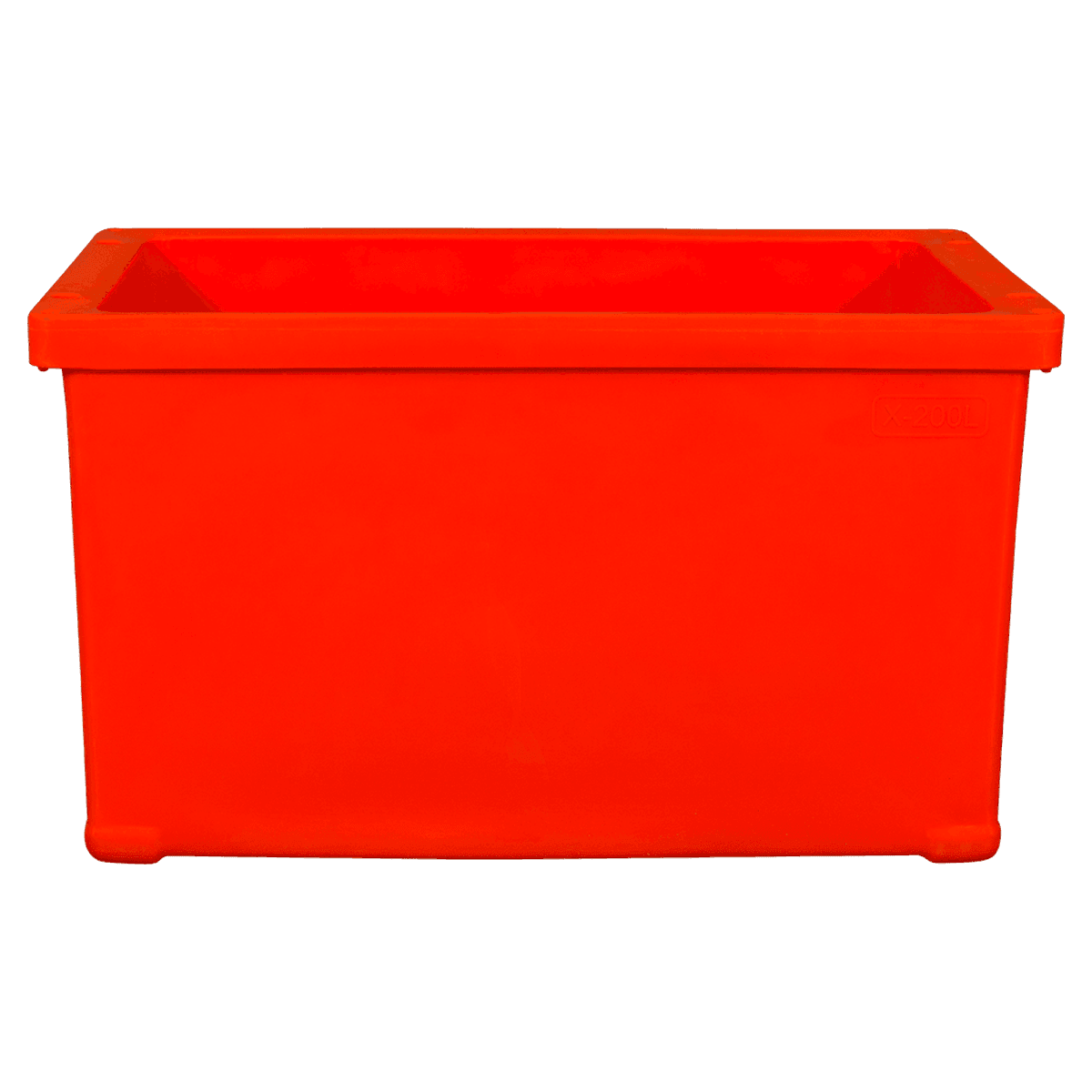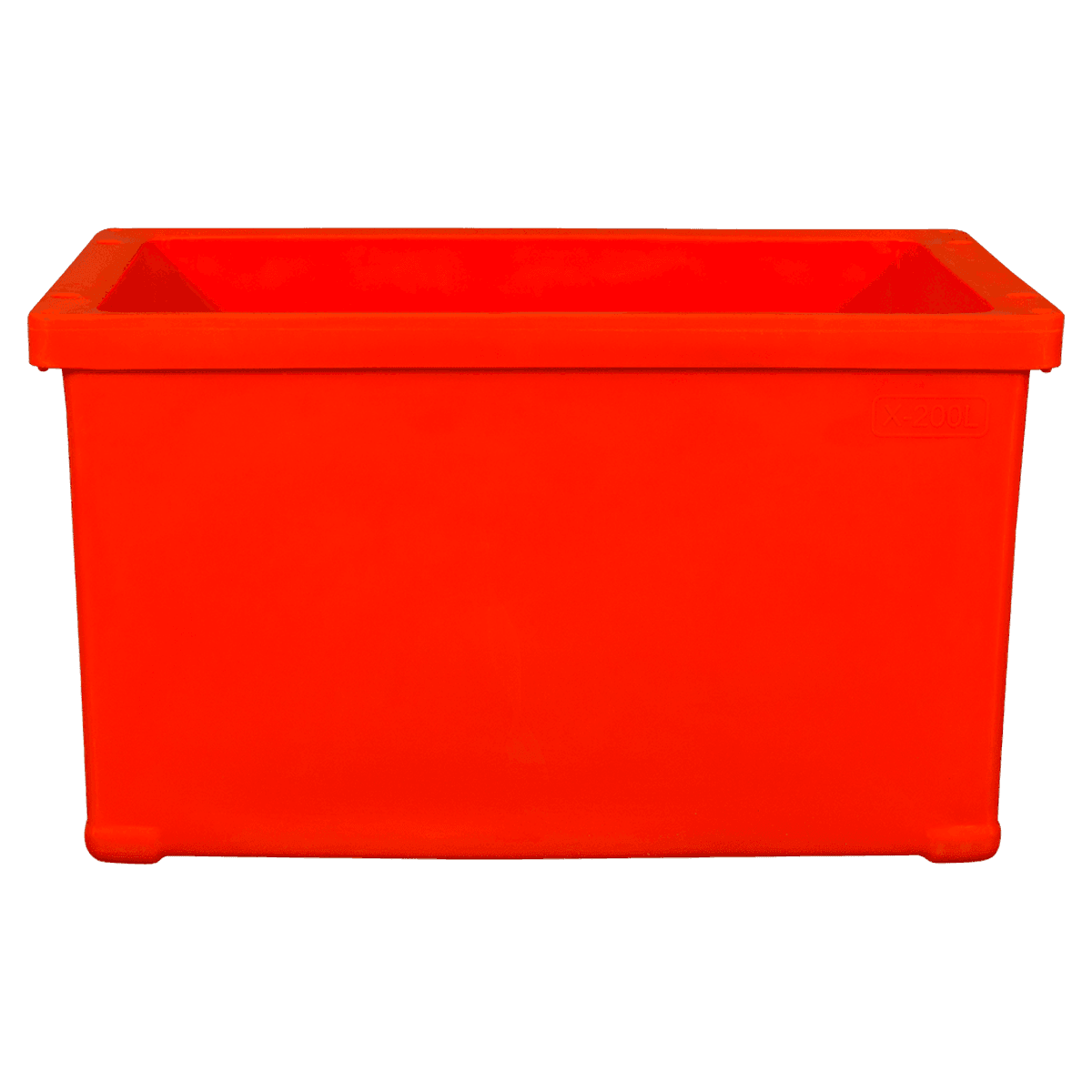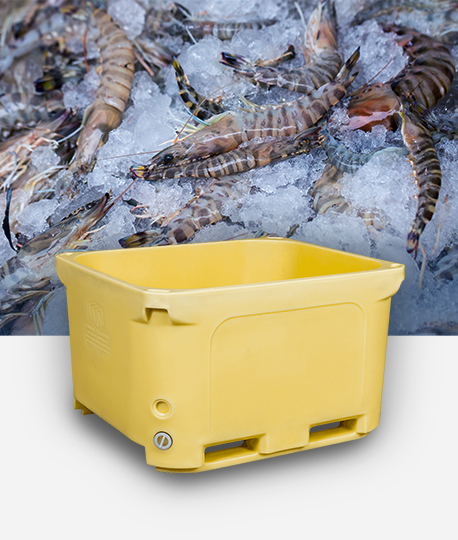Content
- 1 1. Choosing the Right Cooler Box Capacity
- 2 2. Material and Insulation Performance
- 3 3. Sealing and Cooling System
- 4 4. Convenient Carrying and Usability Features
- 5 5. Avoid Frequent Opening
- 6 6. Proper Ice and Food Placement
- 7 7. Cooler Box Maintenance and Cleaning
- 8 8. Choose a Reliable Brand
- 9 9. Consider Eco-friendliness and Sustainability
- 10 10. Additional Considerations When Purchasing
During outdoor adventures, especially extended camping or hiking trips, keeping food and drinks fresh and cool is crucial. A good cooler box ensures that you can enjoy fresh food and beverages even in hot conditions. So, how do you choose the right cooler box and maximize its effectiveness?

1. Choosing the Right Cooler Box Capacity
The first step in choosing a cooler box is determining its capacity. The size of the cooler will determine how much food and ice you can store.
Small Cooler Boxes (10-30 liters): Ideal for short trips or solo travelers, such as day trips, beach outings, or single-person camping. Lightweight and portable, but with limited storage.
Medium Cooler Boxes (30-50 liters): Suitable for 2-4 people on family camping trips or short outdoor activities. Offers a good balance of storage space and portability.
Large Cooler Boxes (50+ liters): Perfect for group camping or longer expeditions. These coolers can store large amounts of food and beverages but are heavier and less portable.
Table: Cooler Box Capacity vs. Use Case
|
Capacity Range |
Ideal Use Case |
Advantages |
Disadvantages |
|
10-30 liters |
Solo trips, short outings, beach leisure |
Lightweight, portable, space-efficient |
Limited storage, suitable for fewer items |
|
30-50 liters |
2-4 person camping, family picnics |
Balanced between storage and portability |
May be insufficient for long trips |
|
50+ liters |
Group camping, extended trips |
Large storage capacity, stores a lot of food |
Bulky, less portable |
Choosing the right size is important—too small won’t meet your needs, and too large can be cumbersome and waste energy.
2. Material and Insulation Performance
The insulation quality of the cooler box plays a vital role in its performance. The materials and design determine how well it maintains the cold, keeping food and drinks fresh for a longer period.
Insulation Material: High-density foam (like EPS) and polyurethane are commonly used for insulation. These materials have low thermal conductivity and help retain cold air inside the box.
Exterior Material: Cooler boxes are generally made of strong plastic or metal to withstand impact and prevent deformation. UV-resistant designs help prevent fading or aging from prolonged sun exposure.
Table: Cooler Box Insulation Material Comparison
|
Material Type |
Advantages |
Disadvantages |
Suitable Use Cases |
|
High-Density Foam (EPS) |
Good insulation, lightweight and durable |
Less resistant to impact |
Mild environments, short trips |
|
Polyurethane |
Excellent insulation, strong thermal resistance |
Heavier, more rigid |
Long-term camping, extreme conditions |
|
Metal Exterior |
Strong construction, durable |
May require extra insulation, heavier |
High-impact environments, tough conditions |
3. Sealing and Cooling System
The sealing of the cooler box is crucial for maintaining a consistent internal temperature. A high-quality cooler box will be designed with airtight seals to minimize air leakage, maintaining the internal cold temperature for longer.
Sealing Design: The lid and body should have a tight-fitting seal, reducing the loss of cold air. Check if the seals are strong and not prone to wear.
Ice Packs and Ice Blocks: Using efficient ice packs or blocks can further enhance cooling. Ice packs not only provide cold air but also help extend the cooling period.
4. Convenient Carrying and Usability Features
Convenient features can make using your cooler box much easier during outdoor activities, ensuring you don’t face unnecessary hassle when moving or accessing your items.
Adjustable Handles and Wheels: Larger cooler boxes often come with sturdy handles and wheels, making them easy to transport, especially on long trips or through difficult terrain.
Drainage Plug Design: Some coolers come with a drainage plug at the bottom, making it easy to drain excess water when ice melts, keeping the cooler dry and clean.
External Storage Pockets: Some coolers are equipped with external pockets for storing smaller items like utensils, condiments, or snacks.
Table: Cooler Box Convenience Features Comparison
|
Feature Type |
Description |
Advantages |
Ideal Use Case |
|
Adjustable Handles |
Handles that can be adjusted for comfort |
Increases carrying comfort, suits various body types |
Long-distance hiking, heavy lifting |
|
Wheels |
Strong wheels for easier movement |
Suitable for heavier coolers, reduces carrying effort |
Large coolers, car camping |
|
Drainage Plug |
A plug to drain excess water from the cooler |
Keeps the interior dry, prevents bacteria build-up |
Camping, outdoor use |
|
External Storage Pockets |
Extra compartments for small items |
Increases storage flexibility, easy access to small items |
Storing utensils, snacks |
5. Avoid Frequent Opening
Every time you open your cooler box, cold air escapes, and the ice begins to melt. To maximize cooling, try to reduce how often you open the cooler.
Planning Access: Before opening the cooler, think ahead about which items you need. Place the most-used items on top to minimize unnecessary opening.
6. Proper Ice and Food Placement
How you arrange food and ice inside your cooler box can significantly impact the cooling efficiency.
Ice at the Bottom: Place ice at the bottom of the cooler to allow the cold air to rise and keep everything cool evenly.
Separate Food and Ice: To prevent food from getting wet, use dividers or cooler bags to keep food separate from the ice blocks.
7. Cooler Box Maintenance and Cleaning
Proper cleaning and maintenance of your cooler box ensure it remains in top condition and works effectively.
Regular Cleaning and Sanitizing: After each use, clean the cooler thoroughly to remove food remnants and moisture. Use mild detergents and disinfectants to ensure hygiene.
Prevent Mold and Drying: When not in use, store the cooler in a dry, cool place and ensure it is completely dry to avoid mold and odors.
8. Choose a Reliable Brand
Choosing a cooler box from a trusted manufacturer often guarantees higher quality. Quality coolers are made from durable materials, offer good insulation, and are designed for rough outdoor use.
9. Consider Eco-friendliness and Sustainability
More cooler boxes are now made from environmentally friendly, recyclable materials. Choosing these options can help minimize environmental impact and support sustainable practices.
10. Additional Considerations When Purchasing
Waterproof Features: Some cooler boxes are specifically designed with waterproof features to ensure they work well in wet or rainy conditions.
Easy-to-Clean Surface: Look for coolers with smooth, non-stick surfaces that make cleaning easier and prevent food residues from sticking.


 English
English Español
Español عربى
عربى 中文简体
中文简体
-4.png)
-4.png)
-2.png)

-2.png)
-2.png)




